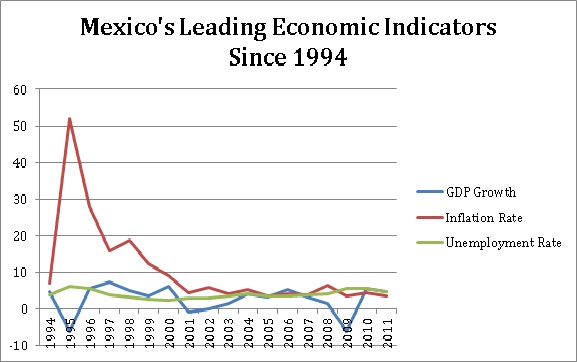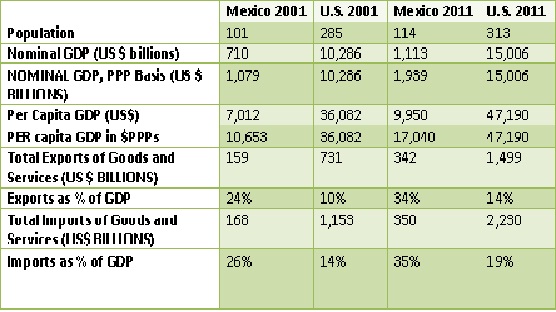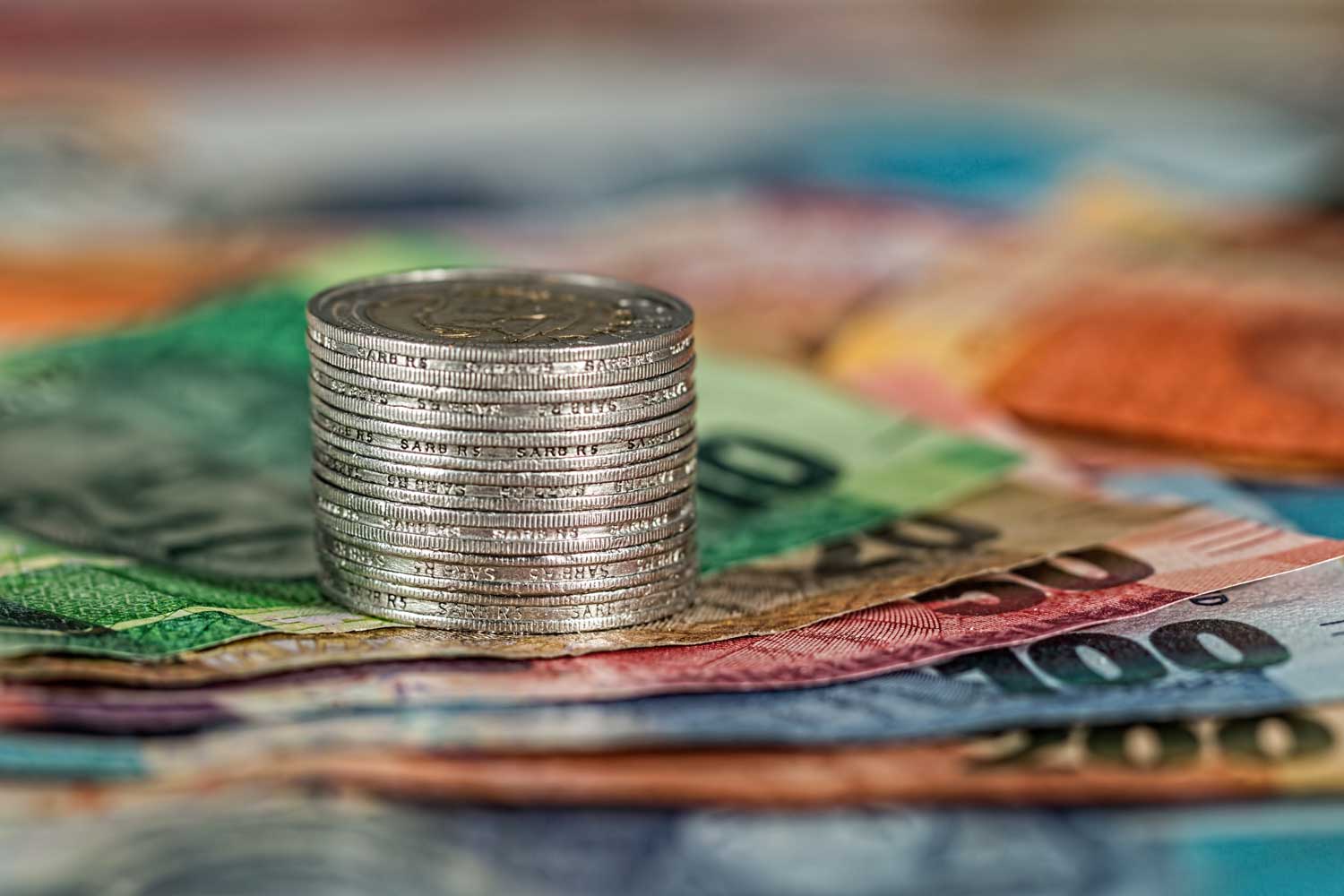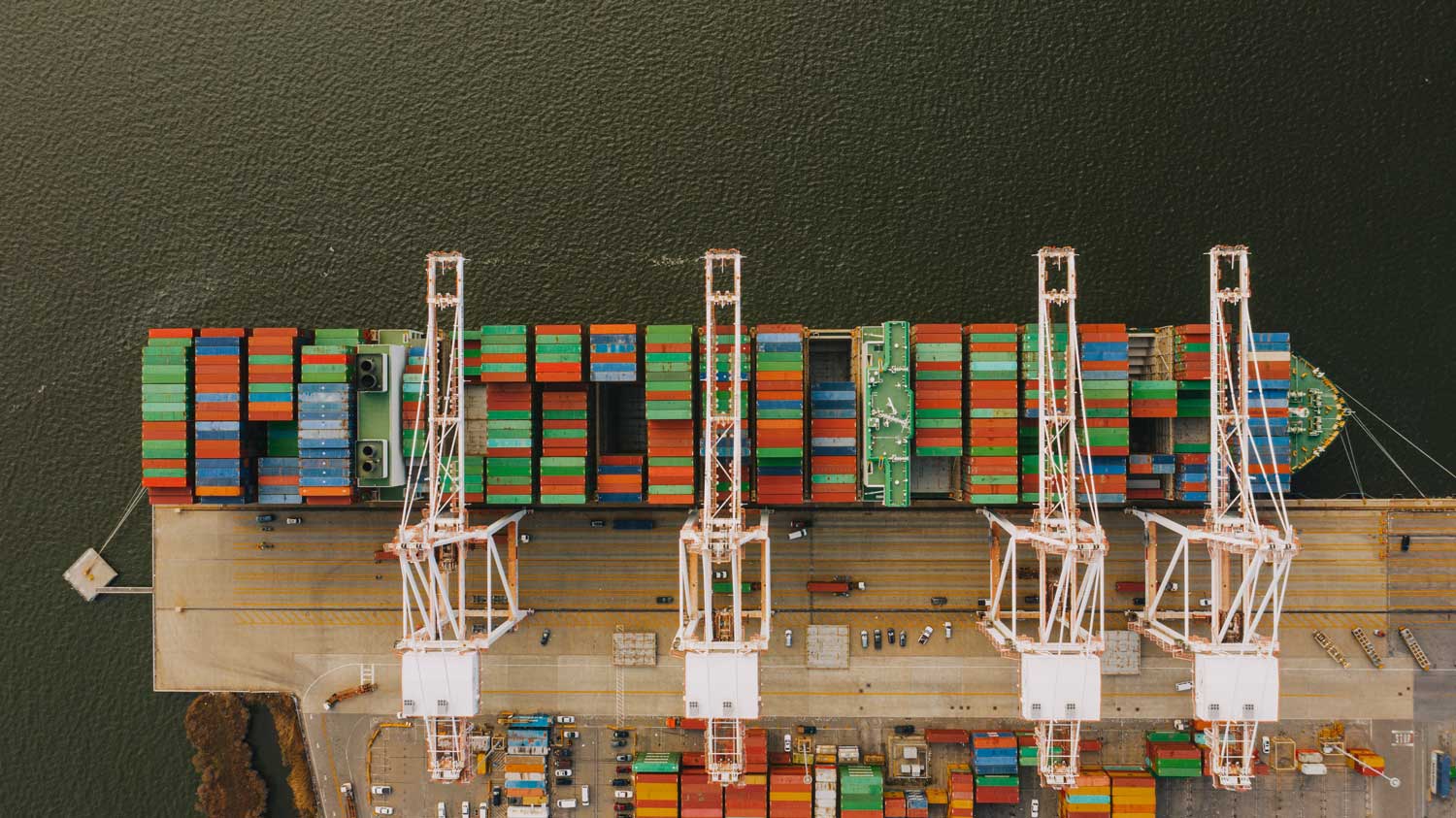Trade policies and fiscal discipline continue to play pivotal roles in bolstering the Mexican economy as it navigates the economic landscape of 2023 and 2024. With a GDP growth rate of 3.5% in 2023 and projected growth of 3.8% in 2024, Mexico remains resilient amid global economic fluctuations.
The country's currency, the Mexican Peso, maintains stability under the vigilant oversight of the Banco de México, which prioritizes maintaining the purchasing power of the national currency. Mexico's economic strengths, including its rich biodiversity, extensive road networks, and strategic trade agreements with over forty countries, position it as a formidable player in the global economy.
The primary industries, ranging from aircraft and automobile manufacturing to petrochemicals and tourism, underscore Mexico's diverse economic portfolio. Despite facing economic challenges, Mexico's commitment to fiscal responsibility and strategic trade policies has positioned it as an attractive destination for outsourced production and foreign direct investment, contributing to its sustained economic growth.
Notably, offshore manufacturing in Mexico has emerged as a key driver of economic growth, attracting foreign investment and fostering job creation. As Mexico prioritizes fiscal responsibility and strategic trade policies, it solidifies its position as a premier destination for companies seeking to establish offshore manufacturing operations.
Mexico and U.S. Economic Health Compared

The above graph demonstrates that the key variables of Mexico’s macroeconomic stability have been very consistent. When compared to the U.S., Mexico’s macroeconomic variables exhibit greater health and stability. **Note the stability of the inflation and unemployment rate in Mexico around the time of the economic crisis.
The U.S. and Mexico share strong economic bonds that have been concretized by the NAFTA, which has been in effect since 1994. Mexico’s economy depends significantly upon the U.S. as an export market. Exports accounted for 32% of Mexico’s GDP in 2010 and over 80% of Mexico’s exports are headed to the U.S.
As of today, Mexico continues to maintain lower levels of debt and a lower fiscal deficit compared to the United States. Mexico has upheld a balanced budget, contributing to its fiscal stability. The national debt of Mexico stands at approximately 45% of its GDP, showcasing prudent fiscal management.
In contrast, the United States faces significant debt challenges, with its debt-to-GDP ratio reaching 128% in 2023 and projected to increase further in 2024. In terms of economic growth, Mexico's economy has demonstrated resilience, with a growth rate of 3.7% in 2023, outpacing the growth rate of the US economy, which stood at 2.5% in the same period.
These indicators highlight Mexico's proactive approach to fiscal responsibility and its ability to navigate economic challenges effectively.

Mexico’s Economic Goals:
• Safeguard Economic Solidity
o Maintain fiscal control with balanced budgets;
o Create incident funds;
o Reform the public pension by transforming it to an individual account system with a minimum guaranteed pension;
o Respect the sovereignty of Banco de México;
• Endorse the rule of law
o Zero lenience for impunity and distortion;
o Modernize the police forces and justice system;
o Wrestle against tax prevarication and smuggling;
o Impose the new Competition Law.
• Improve Mexico’s competitive stance
o Advance a more competent tax system to intensify public finances and heighten investment and job creation;
o Amplify the competitiveness and effectiveness of the energy sector;
o Fortify the financial system to be an efficient liaison for national savings and feed for investment;
o Ensure a dynamic telecommunications sector, with fair competition under a strong regulatory authority and clear rules;
o Sustain small and medium size businesses and assimilate them into the mainstream;
o Sponsor innovation and technology development;
o Restructure the government.
• Promote state and local development
o Promote tourism;
o Renew usual agriculture;
o Invest in transportation;
o Promote sustainable economic development of forest and coastal regions.
• Increase equal opportunity through social investments
o Improve access to health care;
o Support programs to fight undernourishment;
o Increase education access;
o Increase access to university scholarships;
o Boost availability of housing;
o Reinforce the mortgage market;
o Create a amalgamated property registry;
o Reduce red tape for construction permits and real estate transactions.
Final Thoughts
As the country continues to implement sound fiscal policies and navigate global economic dynamics, offshore manufacturing in Mexico stands out as a strategic opportunity for companies seeking to optimize production efficiency and expand their market reach. With Tetakawi's expertise in shelter services, companies can leverage a trusted partner to navigate regulatory frameworks, establish operations seamlessly, and unlock the full potential of Mexico's dynamic manufacturing landscape.
By partnering with Tetakawi, companies can confidently embark on their offshore manufacturing journey, poised for success in Mexico's thriving market.
Subscribe
Sign up and stay informed with tips, updates, and best practices for manufacturing in Mexico.





